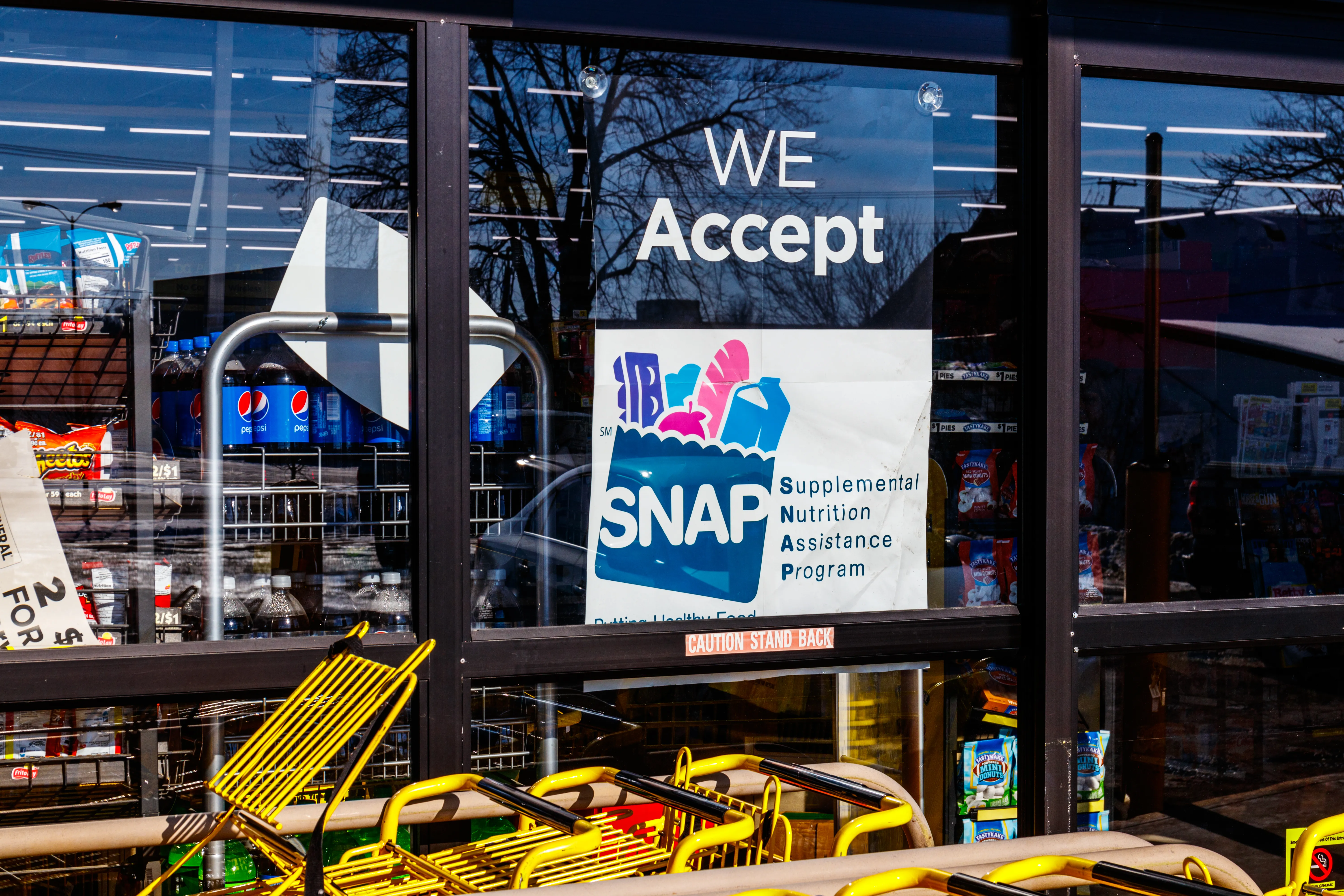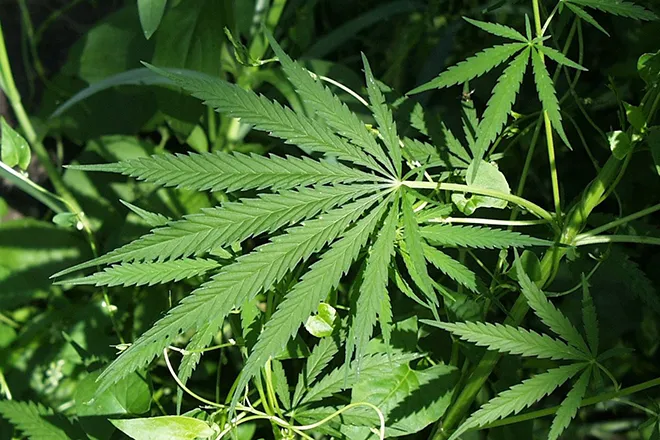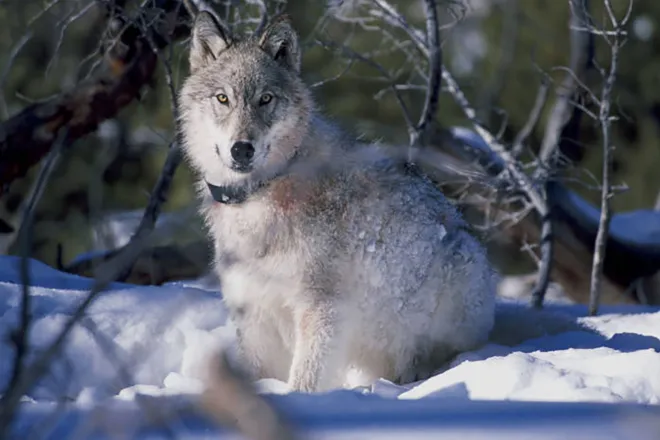
Commentary: Canada’s wildfires are a country away but affect Colorado in multiple ways
(Colorado Newsline) The North American boreal forest, a sprawling terrain of spruces, firs, and lakes, is the world’s largest remaining undisturbed forest, covering more than one billion acres in Canada. Fires, propelled by climate change, are mottling the usually green and blue landscape with orange flames and black burn scars from coast to coast.
So far, the fires have scorched nearly 40 million acres, which is an area roughly equal to two-thirds of Colorado. Several firefighters have died, and thousands of people have been evacuated. The fires have affected 93 First Nations, who are especially impacted because their traditions and culture are intertwined with the forest. And although they are thousands of miles away, Canada’s wildfires are impacting Colorado.
Fine particulate matter pollution from Canada’s fires caused Colorado’s worst air quality days this summer. Air pollution from wildfires can exacerbate asthma and other respiratory diseases, cause heart problems and strokes and has even been linked to dementia. Coloradans may be financially impacted too; prices of gas and lumber may rise as oil and gas operations in Alberta and logging mills in British Columbia are shut down.
A less immediate but equally severe impact of Canada’s wildfires is their contribution to climate change. The boreal forest has been called the “lung of the world” because it captures enough carbon dioxide each year to offset the emissions of 24 million vehicles. Even more astounding is the forest’s carbon storage capacity: 11% of the world’s terrestrial carbon is stored in the boreal’s trees and peatlands (carbon rich soil). Wildfires send stored carbon, and future carbon sequestration potential, up in flames with the forest. Greenhouse gas emissions from the wildfire will hasten the effects of climate change on Colorado, such as reduced water security, and greater fire danger.
Colorado’s wildlife, too, may suffer from Canada’s fires. Billions of birds from across the Americas nest in the boreal forest each year before migrating south for the winter, including common and iconic Colorado species: magpies, dark-eyed juncos, red-winged blackbirds, robins, goldfinches, and even crows. Portions of these bird populations may struggle with habitat loss, resource scarcity and the direct health consequences of Canada’s wildfires. However, birds are able to avoid or leave burning areas, and many species are adapted to post-fire ecosystems.
The forestry industry often uses forest fires to garner support for more logging by claiming that it is a wildfire solution.
There will be less tangible consequences of Canada’s wildfires as well. Counterintuitively, the forestry industry often uses forest fires to garner support for more logging by claiming that it is a wildfire solution, a position that has been widely disputed by scientists. For example, in response to the 2020 East Troublesome Fire, Colorado authorized thousands of acres of surviving forest to be clear cut each year. However, each large wildfire provides more evidence that commercially thinned and clear cut forests burn with the same severity — or even greater severity — as undisturbed forests. In fact, fires are better prevented by reducing commercial logging, considering that logging creates microclimates conducive to fires. Logging also contributes to climate change — in the boreal forest alone, the logging industry releases as much carbon dioxide as 5.5 million cars each year.
On the flip side, expertise and knowledge gleaned from fighting Canada’s historically large fires may beneficially inform fire mitigation techniques in the fire-prone western U.S. Already, news of effective wildfire prevention is spreading, including prescribed burns, mature tree conservation, and creating partnerships with First Nations, who have generational knowledge of the land and are the original managers of prescribed burns.
When reading the copious news articles about Canada’s fires, it’s important to remember — and sometimes hard to forget — that natural disasters around the globe are inescapably intertwined. Canada’s wildfires have and will impact Colorado’ air quality, climate, wildlife, economy, and understanding of successful wildfire mitigation and prevention techniques. But, the links tying the fate of Canada’s forests to the state of Colorado go both ways.
Coloradans can also push back against the logging industry’s contribution to wildfires by making sustainable purchasing decisions. The U.S. is the largest consumer of Canada’s forestry exports. Much of that is in the form of lumber, and is sold at stores like The Home Depot. Many acres of the boreal forest are pulped and sold to Americans as Charmin toilet paper and Bounty paper towels.
So, Americans can reduce demand for logging in the boreal by purchasing refurbished lumber and paper products made of recycled fibers. Additionally, Coloradans can support corporate and government policies to protect global forests by engaging with companies at annual shareholder meetings, and calling legislators in support of forest-positive bills.
Climate change and its impacts, such as Canada’s wildfires, are collectively caused by humans; the solutions can be too.
Colorado Newsline is part of States Newsroom, a network of news bureaus supported by grants and a coalition of donors as a 501c(3) public charity. Colorado Newsline maintains editorial independence. Contact Editor Quentin Young for questions: info@coloradonewsline.com. Follow Colorado Newsline on Facebook and Twitter.
















